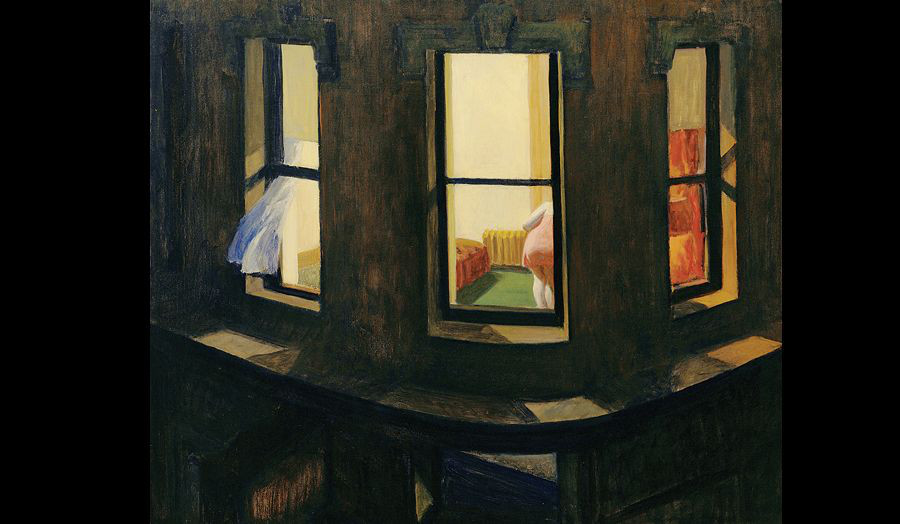Unit Brief
Central London is famous for its resistance to planning, its messiness, inconsistency and variety of scale. The city formed itself as a growing together of villages, where the soft pattern of streams, tracks and field boundaries were the guidelines for its streets. It is the city of individual actions, of grandeur and informality, the ordinary and the beautiful together, offering an episodic experience that is always metropolitan. In the city for example, buildings change their use, are modified and added to over time, creating composites of unexpected richness. In the city, buildings of different ages stand next to each other, their different heights revealing unintended views of blanks sides or unruly backs, offering a variation that has a comfortable scale. And in the city the view from an upper room to a foreground and a background, to a pavement, a roof or a distant skyline, with the sound of traffic and trains, allows the reverie of landscape. This ensemble of unintended complexity is the starting point for our research.
As a way of thinking about this pleasure, this year we will study ideas of form and composition, specifically at how a looser, more varied arrangement of a building can reinforce an open and democratic image of the city. We see this research as a contribution to ideas about London’s burgeoning densification, and its newly found confidence in using public space. By composition we mean the arrangement of parts to make a whole, in the form of the building, in its programme and in its relationship to other buildings. Composition is not an easy subject, but if its use is not merely an abstract pleasure, then it has great power. Composition gives buildings figurative qualities that can speak to the man in the street, and can generate different atmospheres within. We will study this by first looking at composition in painting and sculpture, then at composition in architecture, before attempting it ourselves in projects.
Projects this year will be located in South London, between Waterloo Station and Elephant and Castle. This very central and relatively unformed part of the city is currently undergoing an extreme urbanisation. We will work at sites on crossroads and roundabouts, very public sites where buildings can be seen from different directions and against the sky. The main projects of the year will have mixed and dense public and private programmes, with housing and offices, shops, hotels, cinemas and fire stations etc. In the first semester we will start with a smaller project for a street corner.
In November we will travel to Milan and Rome. In Milan we will visit apartment buildings from the 20th Century well known for their considered urbanity, and we will study the variety of their apartment plans. In Rome we will visit palazzos and Roman ruins. On our tour we will be sketching buildings and city landscapes, from the pavement, from windows and from surrounding hills, developing a sensitivity for how buildings are experienced and how they become part of the city around them.

Details
| Course | Professional Diploma in Architecture - RIBA Part 2 |
|---|---|
| Tutor | Peter St John Rod Heyes |
| Website | carusostjohn.com |
